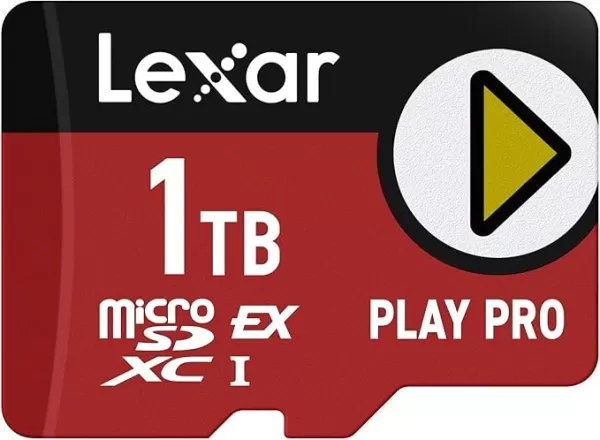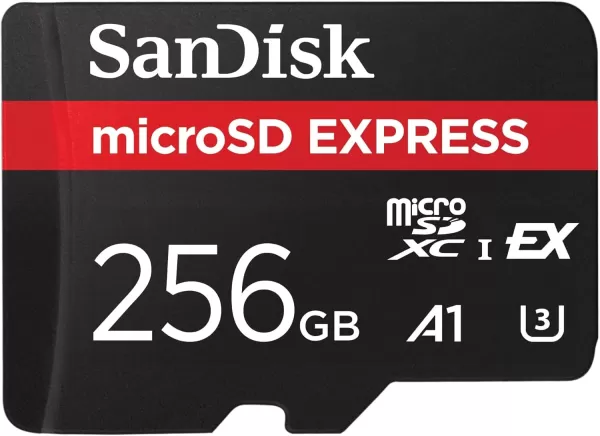Last week, Nintendo unveiled the Nintendo Switch 2, and with it came an intriguing requirement: the console only supports expansion through MicroSD Express cards. While this might be a setback for those with existing MicroSD collections, the decision is rooted in the significant speed advantages MicroSD Express offers.
These cards leverage a PCIe 3.1 interface, allowing them to achieve read/write speeds akin to the Universal Flash Storage (UFS) used in the Switch 2's internal storage. This compatibility is crucial, theoretically enabling games stored on an expansion card to load as quickly as those stored internally. The trade-off, however, is the inability to use less expensive, non-Express MicroSD cards.
MicroSD vs. MicroSD Express
The evolution of SD cards has seen six different speed ratings over the years. Starting with a modest 12.5MB/s, speeds have progressed dramatically to the SD UHS III standard, reaching 312MB/s. The introduction of the SD Express standard five years ago marked a significant leap forward.
The pivotal change with SD Express is its use of a PCIe 3.1 interface, a stark contrast to the slower UHS-I interface. This interface, also used by high-speed NVMe SSDs, enables full-sized SD Express cards to achieve transfer speeds up to 3,940MB/s. Although MicroSD Express cards don't reach these peak speeds, they still offer impressive performance, hitting up to 985MB/s—three times faster than the fastest non-Express MicroSD cards.
Why Does the Switch 2 Require MicroSD Express?
While Nintendo typically keeps its hardware rationale under wraps, the necessity for MicroSD Express cards is largely about speed. A game installed on a MicroSD Express card will load much faster than one on a traditional UHS-I MicroSD card, thanks to the PCIe 3.1 interface. This move could foreshadow similar requirements in future handheld gaming PCs.
The internal storage of the Nintendo Switch 2 has shifted to UFS from eMMC, making it logical for Nintendo to demand comparable speeds from its expansion storage. Early demonstrations have shown substantial load time improvements, with fast travel in games like Breath of the Wild reduced by 35% according to Polygon, and a three-fold initial load time enhancement as reported by Digital Foundry. These enhancements could be attributed to faster internal storage or the improved CPU and GPU's ability to process data more quickly. The key takeaway is that Nintendo needed its external storage to match these speeds, preventing future games from being bottlenecked by slower SD cards.
Moreover, the requirement for MicroSD Express opens the door for even faster storage solutions in the future. The current fastest standard, SD 8.0 Specification, allows full-size SD Express cards to reach speeds up to 3,942MB/s. While MicroSD Express cards aren't there yet, the potential for them to reach such speeds in the coming years is very real, provided the Nintendo Switch 2 can support them.
MicroSD Express Capacity Options
MicroSD Express cards are still gaining traction, but the Nintendo Switch 2's launch is expected to boost their adoption. Currently, options are limited. Lexar offers a single MicroSD Express card in 256GB, 512GB, and 1TB capacities, with the 1TB variant priced at $199.

SanDisk, on the other hand, has one MicroSD Express card available, topping out at 256GB, which aligns with the internal storage of the Switch 2. At the time of the console's launch, it's unlikely many MicroSD Express cards will exceed 512GB in capacity. However, as demand grows, companies like Samsung are expected to increase their offerings.

 Home
Home  Navigation
Navigation






 Latest Articles
Latest Articles










 Latest Games
Latest Games











